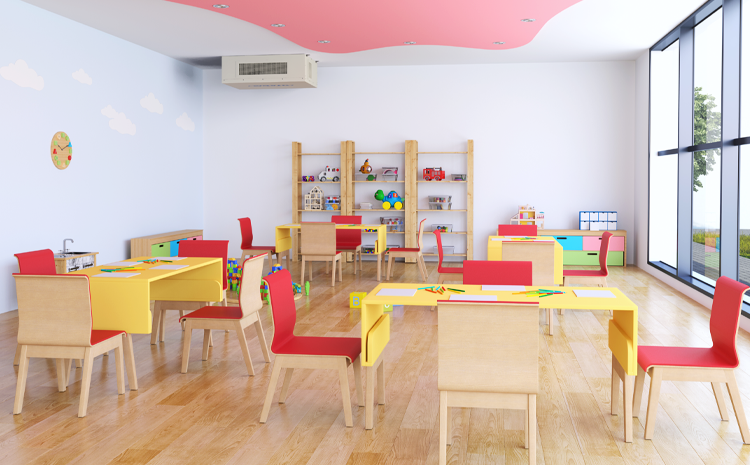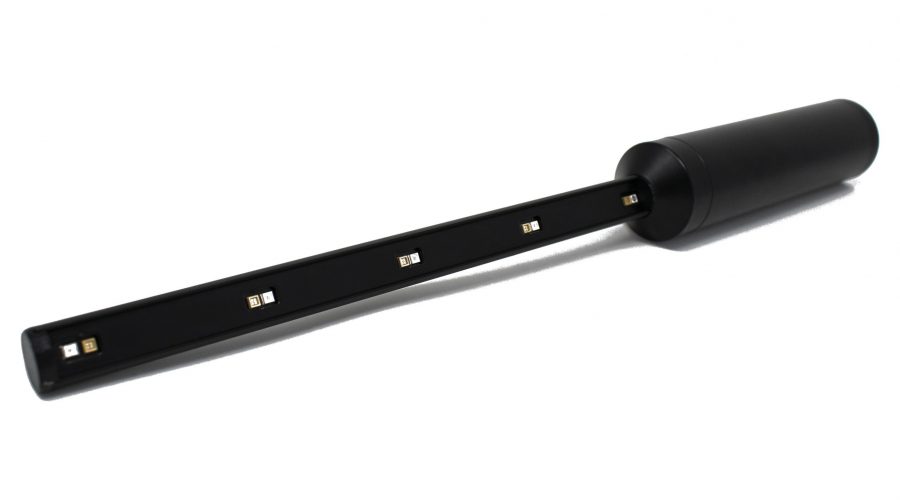The WHO has confirmed, a few weeks ago, emerging evidence on coronavirus airborne transmission. This means that if until now it was thought that the new coronavirus was transmitted only by the droplets of the breath and therefore more easily in closed and more crowded places, now the WHO does not also exclude that the smaller droplets, able to remain in suspension in the air for a long time, they can play a fundamental role in viral transmission.
If this theory were confirmed, the precautions for killing the infection should be reviewed, especially in closed places. In fact, in this case the masks could become mandatory even indoors, as the spacing would no longer be sufficient and changes should be made to the ventilation systems especially in public environments such as means of transport, offices, schools, hospitals.
Prof. Massimo Galli, director of Infectious Diseases at the Sacco hospital in Milan, explains: “It is time to consider the possibility that Covid-19 is transmitted through the air. In fact, according to recent studies, the new coronavirus would be airborne, which means that it is also transmitted in the air, reaching distances far greater than a meter or two. “
These data suggest that even in closed environments, the recirculation itself can favor the transmission of viruses released while we breathe, talk, sneeze or cough, exposing many more people to possible infection. As a demonstration, Galli cites the example of Amoy Gardens, a residential complex in Hong Kong during the Sars epidemic in 2003: the virus spread through the air, due to high concentrations of viral aerosols coming from the ventilation systems of the bathrooms (Sars virus was present in high concentrations in the faeces) spread to neighboring apartments.
The researchers’ suggestion is to act on air quality by ventilating the rooms, minimizing air recirculation, using filtering systems and germicidal UVC LED lights, especially in schools, public offices, hospitals and retirement homes for the elderly.





